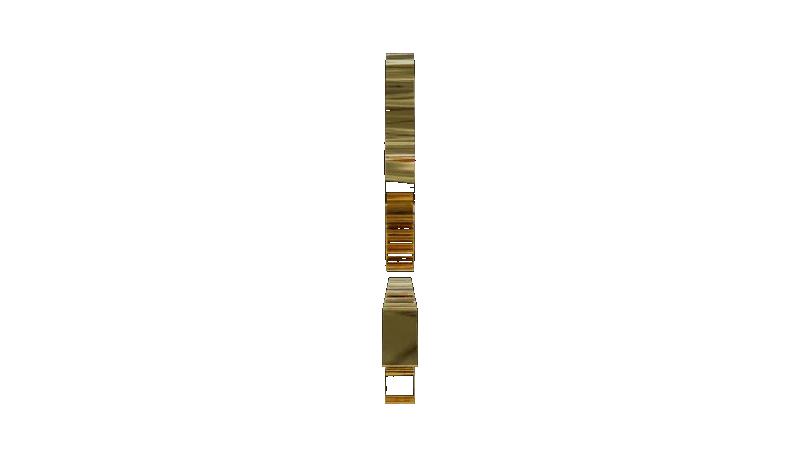Orleans Parish
Orleans Parish, synonymous with the vibrant city of New Orleans, is a tapestry woven with threads of history, culture, and architectural splendor. Founded in 1718 by the French Mississippi Company under Jean-Baptiste Le Moyne de Bienville, New Orleans has transformed from a strategic colonial outpost into a bustling metropolis renowned for its rich cultural heritage and distinctive architectural styles. Let's explore the historical evolution of Orleans Parish and the architectural and roofing techniques that have shaped its urban landscape.
Colonial Beginnings and French Influence
Orleans Parish's early history is deeply rooted in its colonial origins. As a French settlement, New Orleans was strategically positioned near the Mississippi River's mouth, serving as a crucial hub for trade and military operations. The city's layout, crafted by French engineer Adrien de Pauger, embodies European urban planning with its grid pattern centered around a central square, now known as Jackson Square.
French Colonial architecture dominated the early landscape, featuring structures with thick masonry walls, wooden galleries, and steeply pitched roofs designed to manage heavy rainfall. Roofs were typically covered with wooden shingles or clay tiles, materials well-suited to the region's climate.
Spanish Era and Creole Architecture
The transition to Spanish control in 1763 introduced new architectural influences to Orleans Parish. The Great New Orleans Fires of 1788 and 1794 led to the city's reconstruction under Spanish rule, giving rise to Creole architecture. This style is marked by stuccoed brick exteriors, arched doorways, and wrought-iron balconies. Roofs were often low-pitched and covered with clay tiles, a fire-resistant material that became standard post-fires.
The Spanish also introduced the "shotgun house," a narrow, rectangular structure with rooms aligned one behind the other. These homes typically featured gabled or hipped roofs with metal or shingle coverings, reflecting the need for efficient, economical housing in the growing city.
19th Century Growth and Eclectic Styles
The 19th century was a period of significant growth and diversification for Orleans Parish, spurred by the Louisiana Purchase in 1803 and the city's expanding role as a port. This era witnessed the rise of diverse architectural styles, including Greek Revival, Italianate, and Gothic Revival, as affluent residents expressed their wealth and status through grand homes and public buildings.
Greek Revival architecture, known for its symmetrical facades, tall columns, and pedimented gables, was particularly popular. Roofing methods during this period often included slate or tin, materials offering both durability and aesthetic appeal. The Italianate style, with decorative brackets and elaborate cornices, featured low-pitched or flat roofs, while Gothic Revival buildings often had steeply pitched roofs adorned with intricate woodwork.
20th Century Developments and Modern Influences
The 20th century brought both challenges and innovations to Orleans Parish. The city faced significant hardships, including economic downturns and natural disasters, most notably Hurricane Katrina in 2005. Despite these challenges, New Orleans has remained resilient, embracing modern architectural trends while preserving its historic character.
Contemporary architecture in Orleans Parish reflects a blend of traditional and modern influences. The post-Katrina era has focused on sustainable building practices and resilient design, emphasizing elevated structures and durable roofing materials such as metal and composite shingles. Efforts to restore and maintain historic buildings have been prioritized, ensuring that the parish's architectural legacy is preserved for future generations.
Orleans Parish stands as a living testament to the rich and varied history of New Orleans, a city that has continually adapted and evolved while retaining its unique cultural identity. The architectural and roofing methods that have shaped the parish's landscape tell a story of resilience, creativity, and diversity. As New Orleans continues to grow and change, preserving its architectural heritage remains a vital part of its narrative, celebrating the past while embracing the future.

